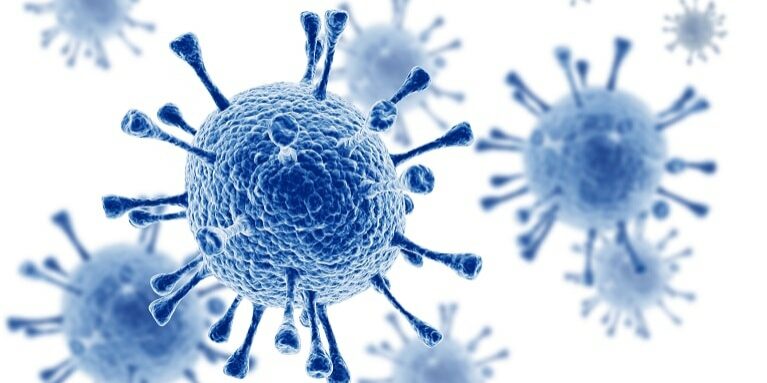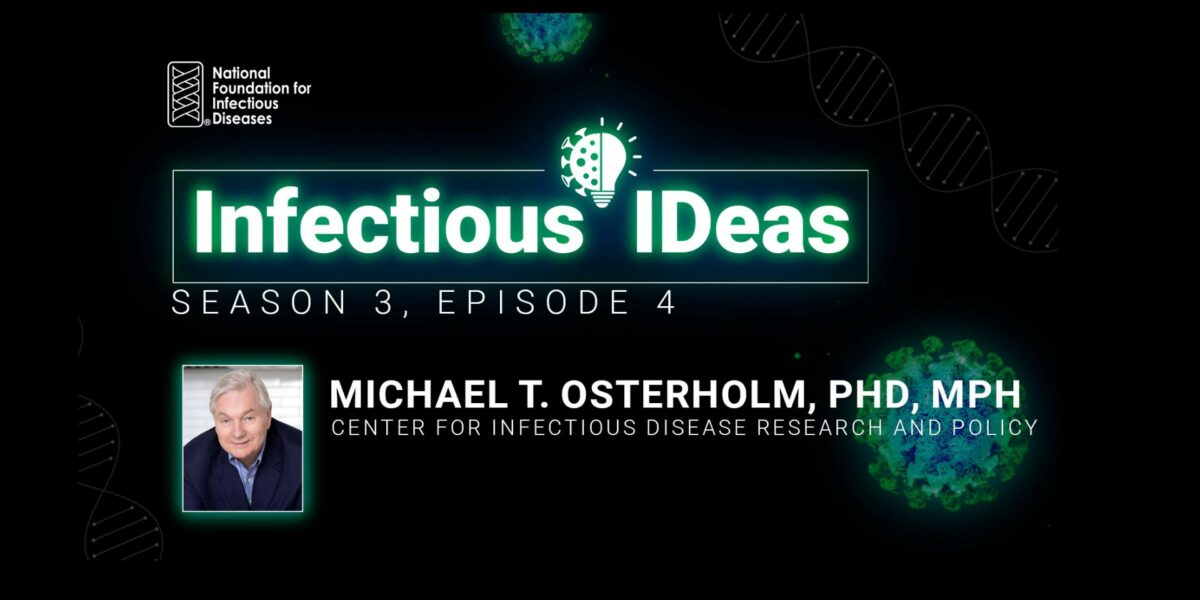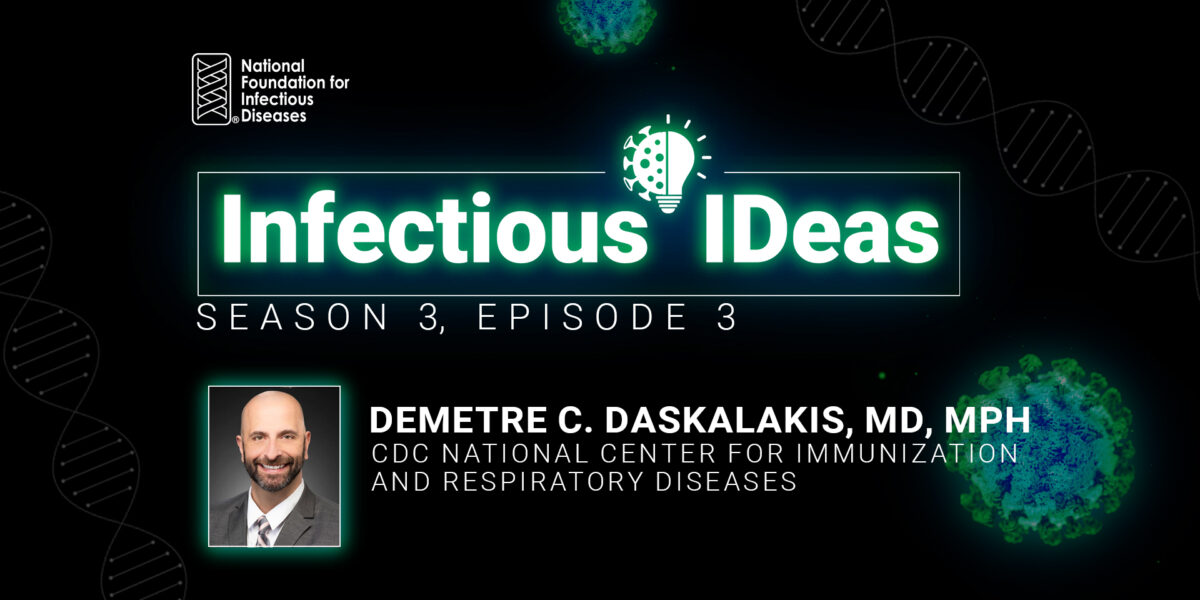
What is HIV/AIDS?
HIV is a virus that can be transmitted through sexual contact and can also be spread by contact with infected blood or from mother to child during pregnancy, childbirth, or breast-feeding. Without medication, HIV gradually weakens the immune system to the point that an infected individual may develop acquired immunodeficiency syndrome (AIDS).
AIDS is a chronic, potentially life-threatening condition caused by HIV infection. By damaging the immune system, HIV interferes with the body’s ability to fight the organisms that cause disease.
Burden
Approximately 1.2 million people in the US are living with HIV today. About 13% of them are unaware they are infected. An estimated 30,000+ people became newly infected with HIV in the US each year.
Symptoms
HIV infection happens in three stages. Without treatment, it gets worse over time and eventually overpowers the immune system. Symptoms depend on the stage (Acute, Clinical Latency, AIDS) and may include:
- Chills
- Fatigue
- Fever
- Muscle aches
- Mouth sores
- Night sweats
- Rash
- Sore throat
- Swollen lymph nodes
Some people have no symptoms at all and the only way to know if you have HIV is to get tested.
Prevention
Various strategies are available to prevent HIV including correctly using condoms during sex, limiting the number of sexual partners, never sharing needles, and abstinence (not having sex). Individuals who are at risk for HIV can protect themselves through pre-exposure prophylaxis (PrEP)—taking daily antiretroviral medicines (ART) before being exposed to the HIV virus. Individuals who think they may have been exposed to HIV should talk to a healthcare professional about post-exposure prophylaxis (PEP)—taking ART after being exposed to prevent becoming infected.
If you have HIV, there are actions you can take to avoid transmitting it to others. The most important is taking HIV medicine (ART) as prescribed. If you take HIV medicine as prescribed and stay virally suppressed, you can stay healthy and have effectively no risk of transmitting HIV to an HIV-negative sex partner.
The Centers for Disease Control and Prevention (CDC) recommends that everyone between the ages of 13 and 64 years get tested for HIV at least once in their lifetime as part of routine healthcare, and more often for those at increased risk for getting HIV.
Testing
The only way to know your HIV status is to get tested. CDC recommends all patients between age 13-64 years get tested for HIV at least once as part of routine healthcare. Patients who may have ongoing risk factors should be screened for HIV at least annually.
Treatment
There is currently no cure for HIV/AIDS, but there are medications that can slow the progression of the disease and help you live a long, healthy life and protect others.
Updated December 2024
Source: Centers for Disease Control and Prevention
Related Resources

What Is an Antiviral?
Overview of antivirals—what they are, how they work, and what diseases they help treat

Navigating the Politics of Public Health with Michael T. Osterholm, PhD, MPH
S3, E4: Michael T. Osterholm, PhD, MPH, shares his vast experience in pandemic preparedness and voices concerns about the increasing politicization of public health and the potential implications of the 2024 US elections …

Leading with Passion and Purpose—Demetre C. Daskalakis, MD, MPH
S3, E3: Demetre C. Daskalakis, MD, MPH, shares his journey from HIV clinical practice to public health leadership, demonstrating his relentless passion and commitment to health equity, clear and transparent communication, and ensuring equitable access to vaccines for all children and adults …
